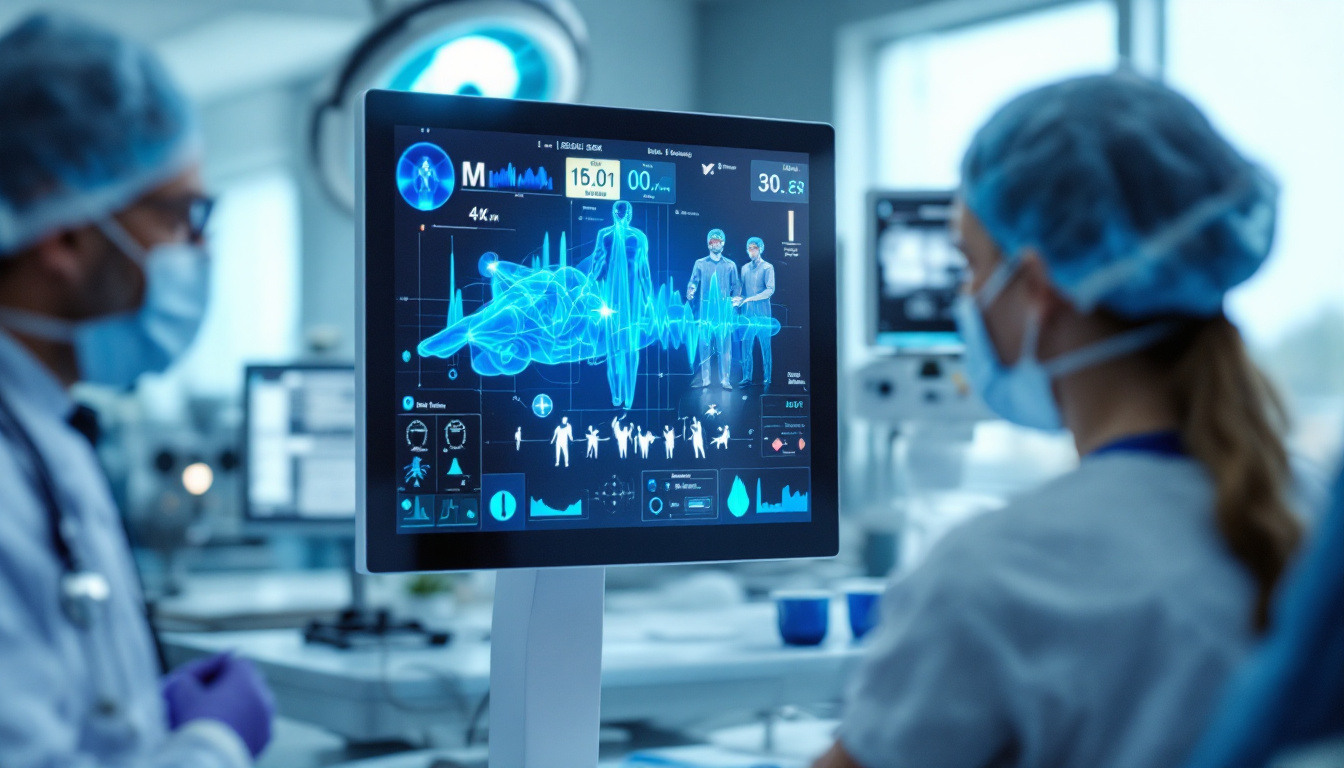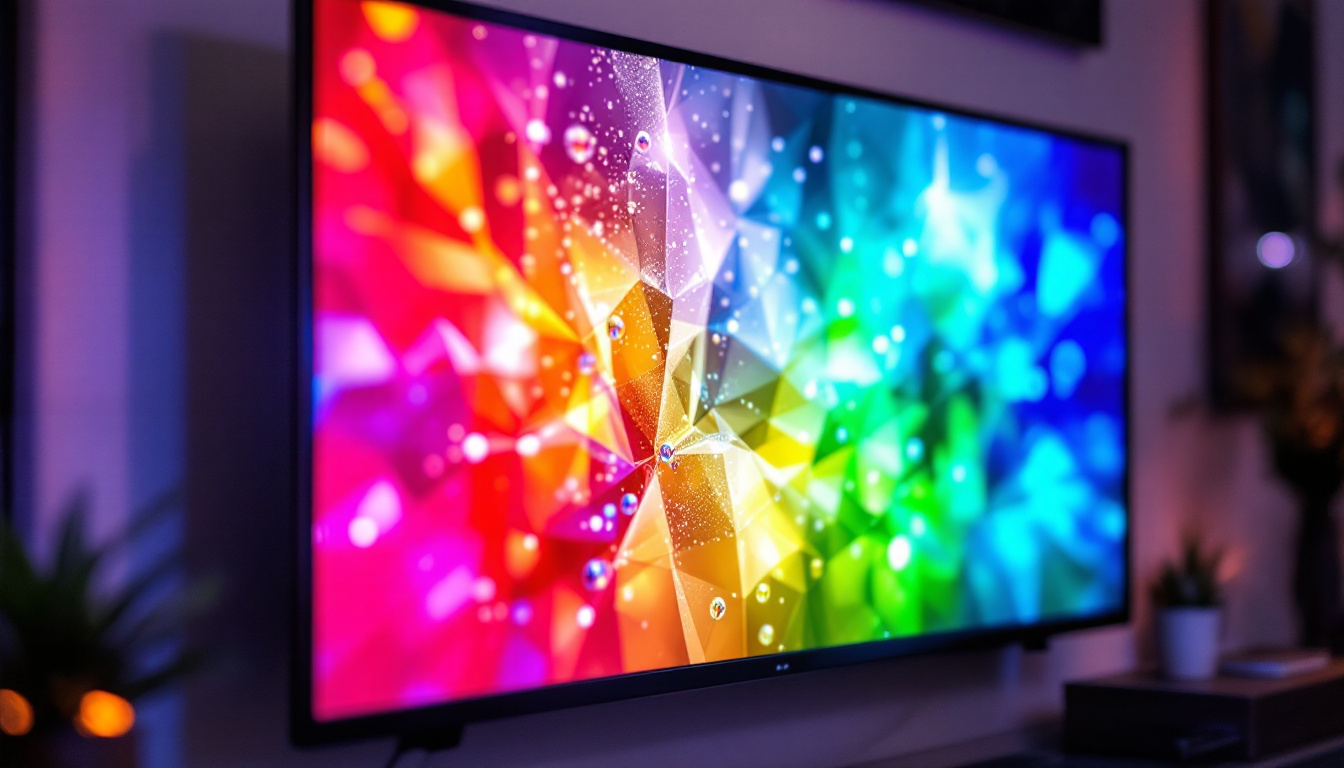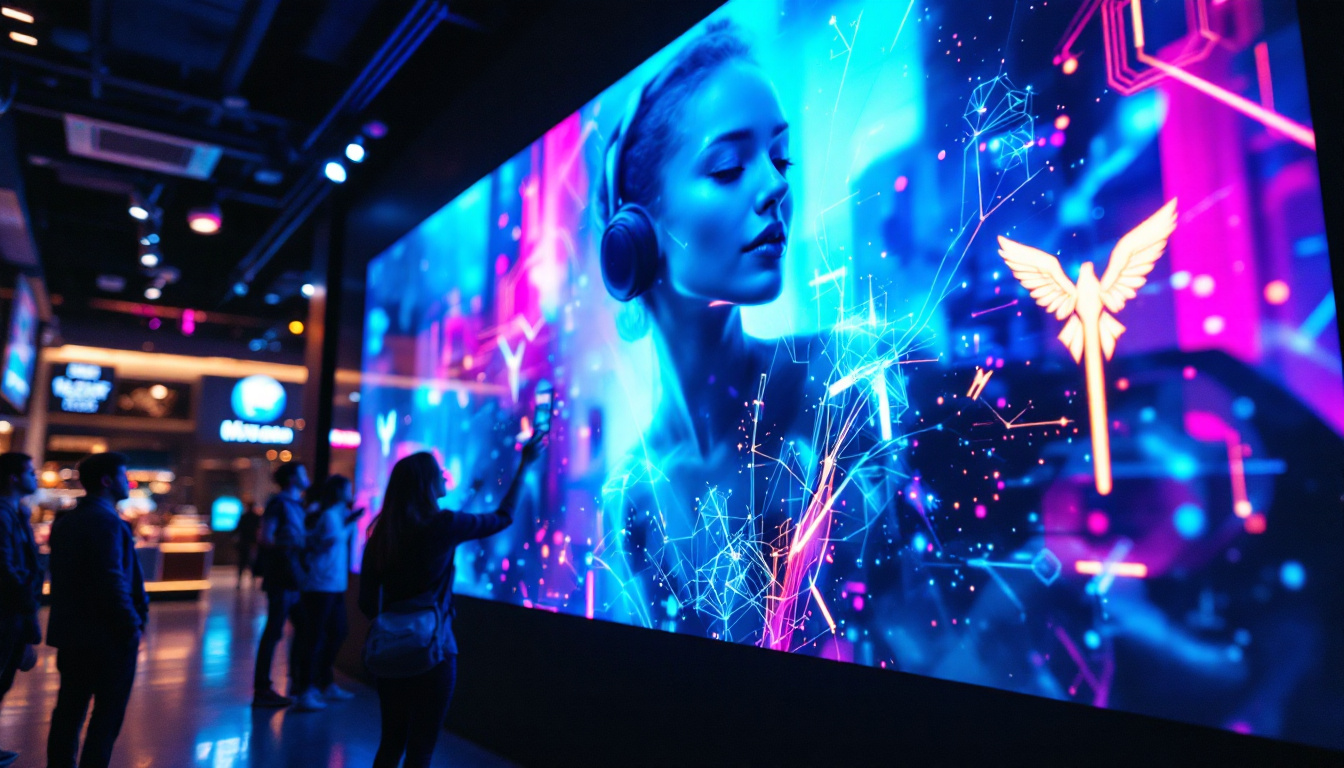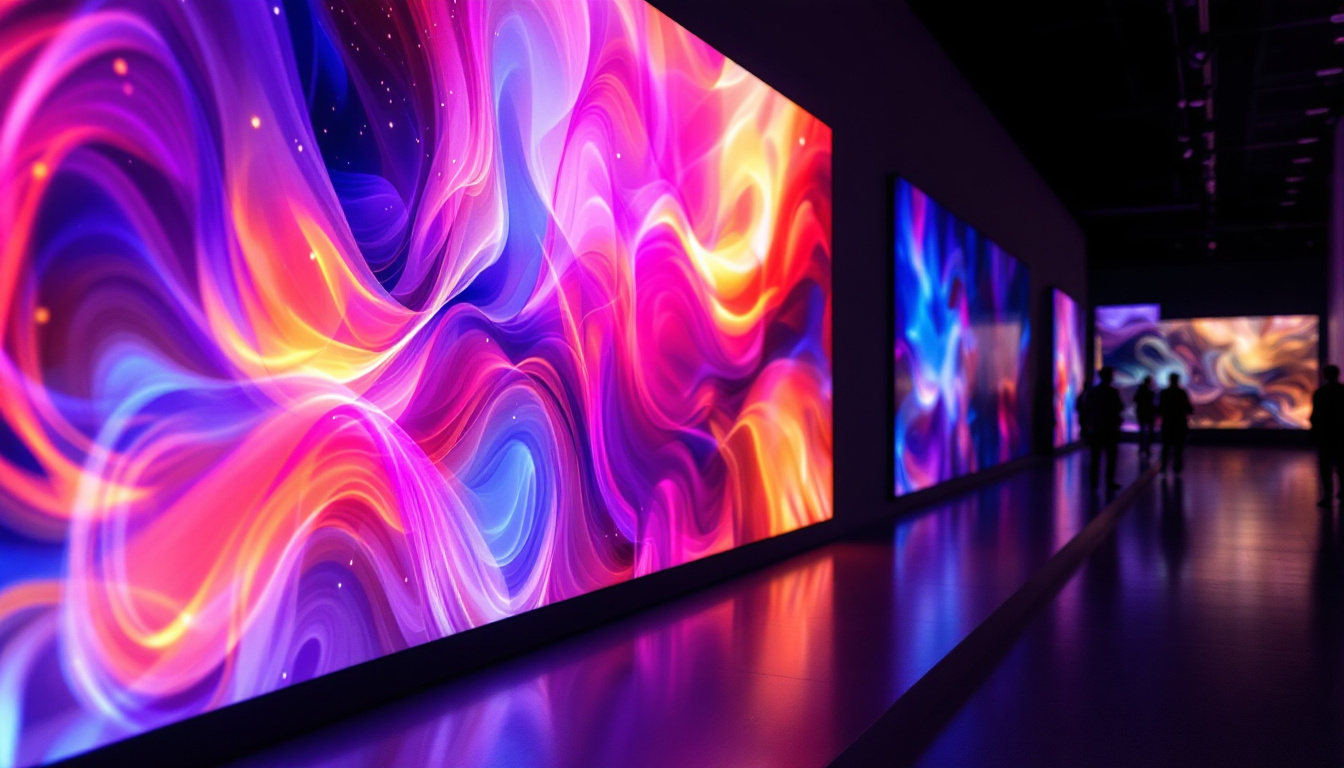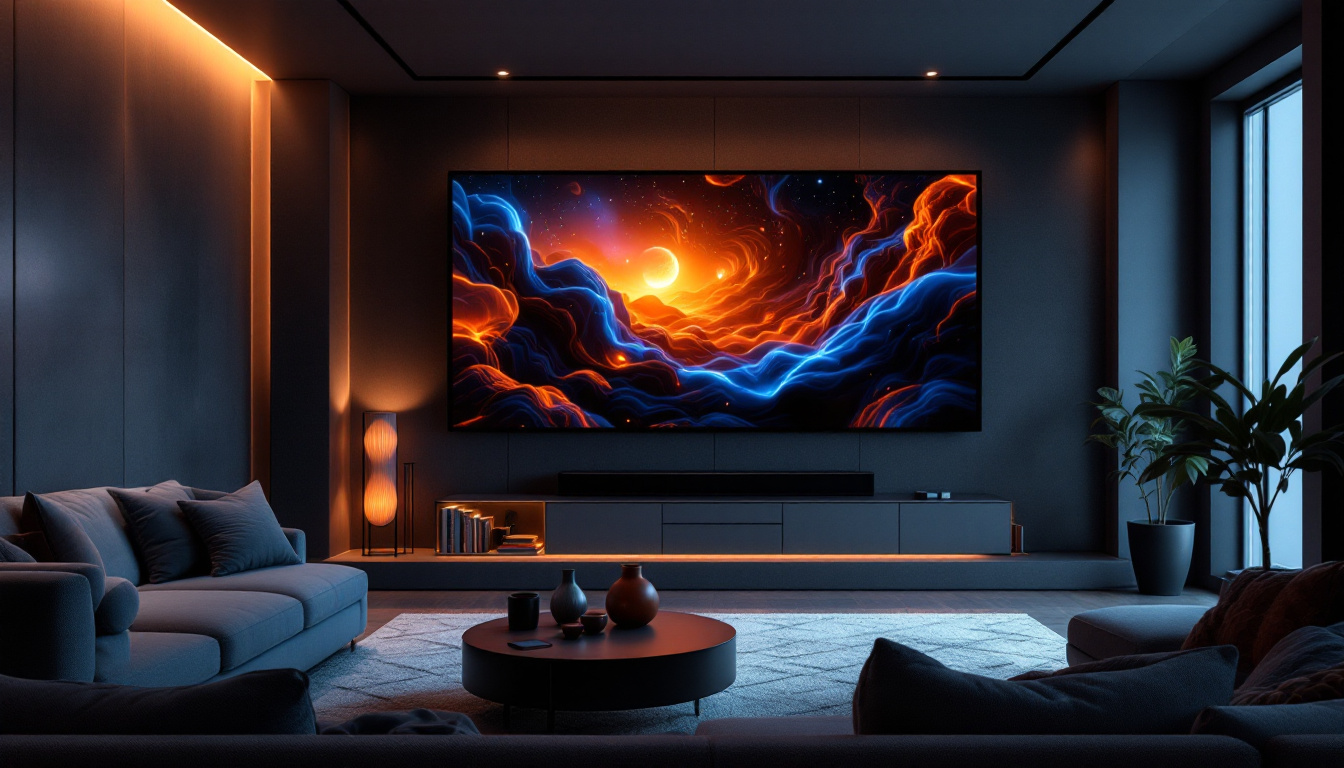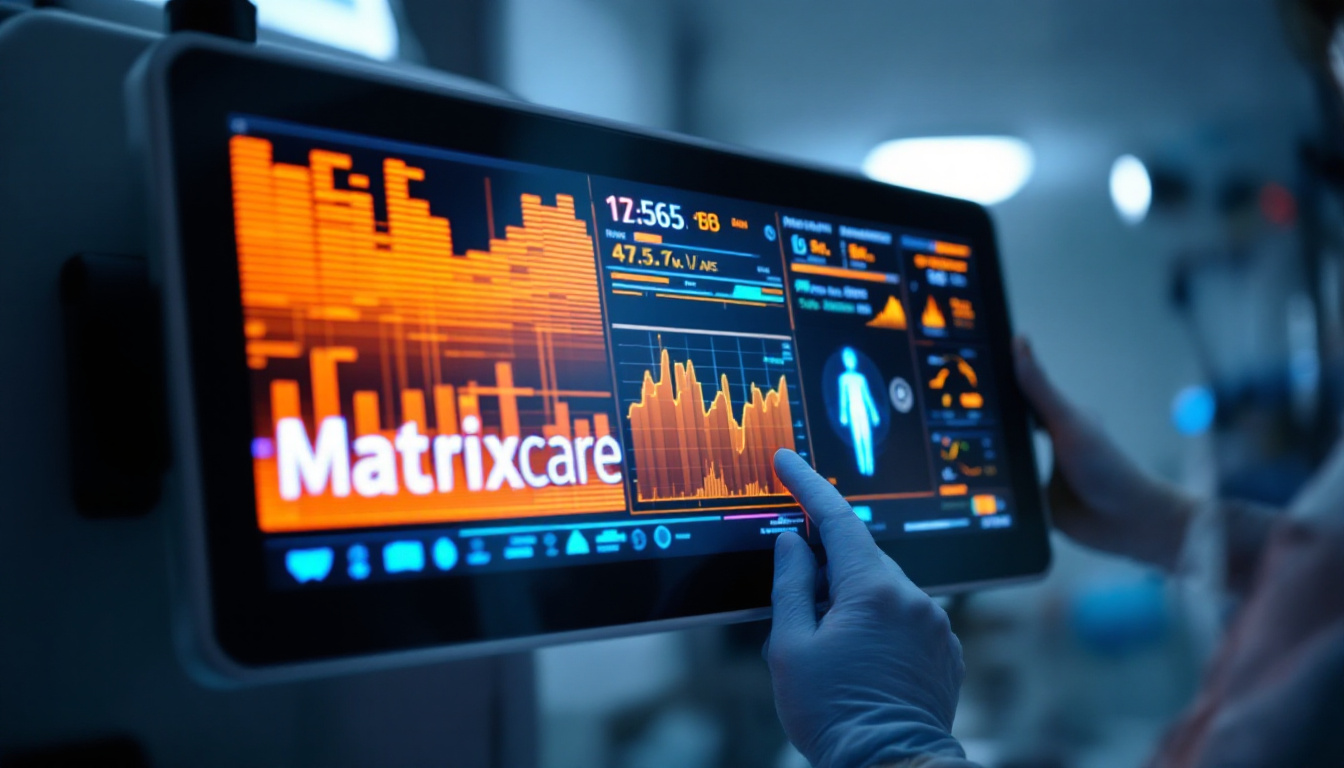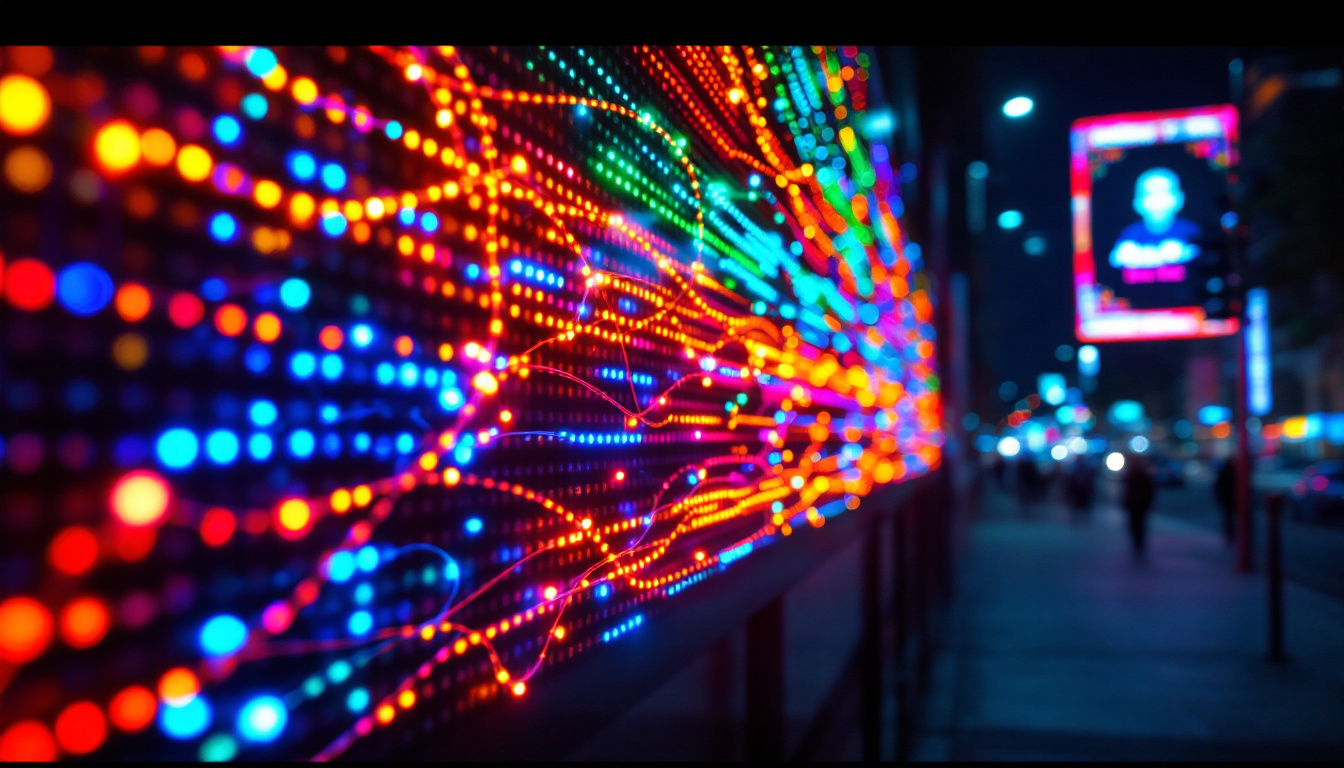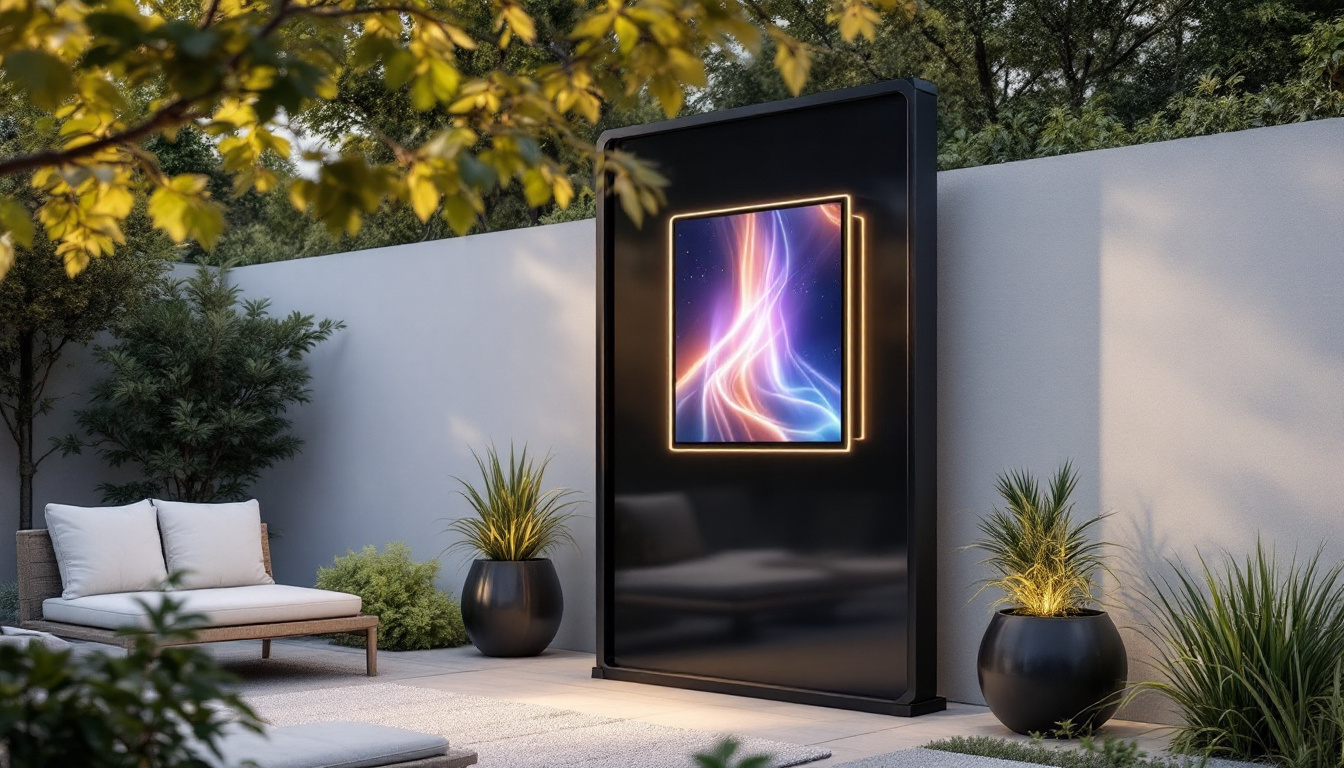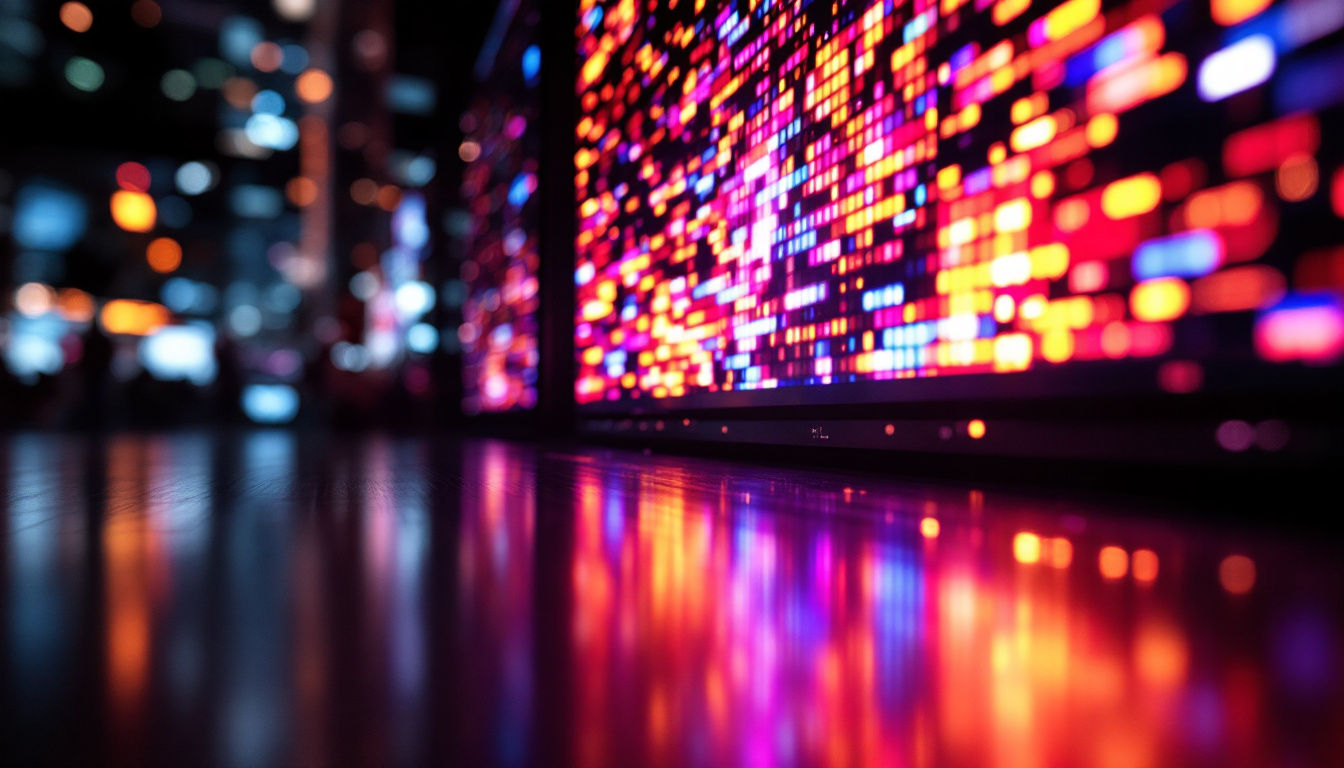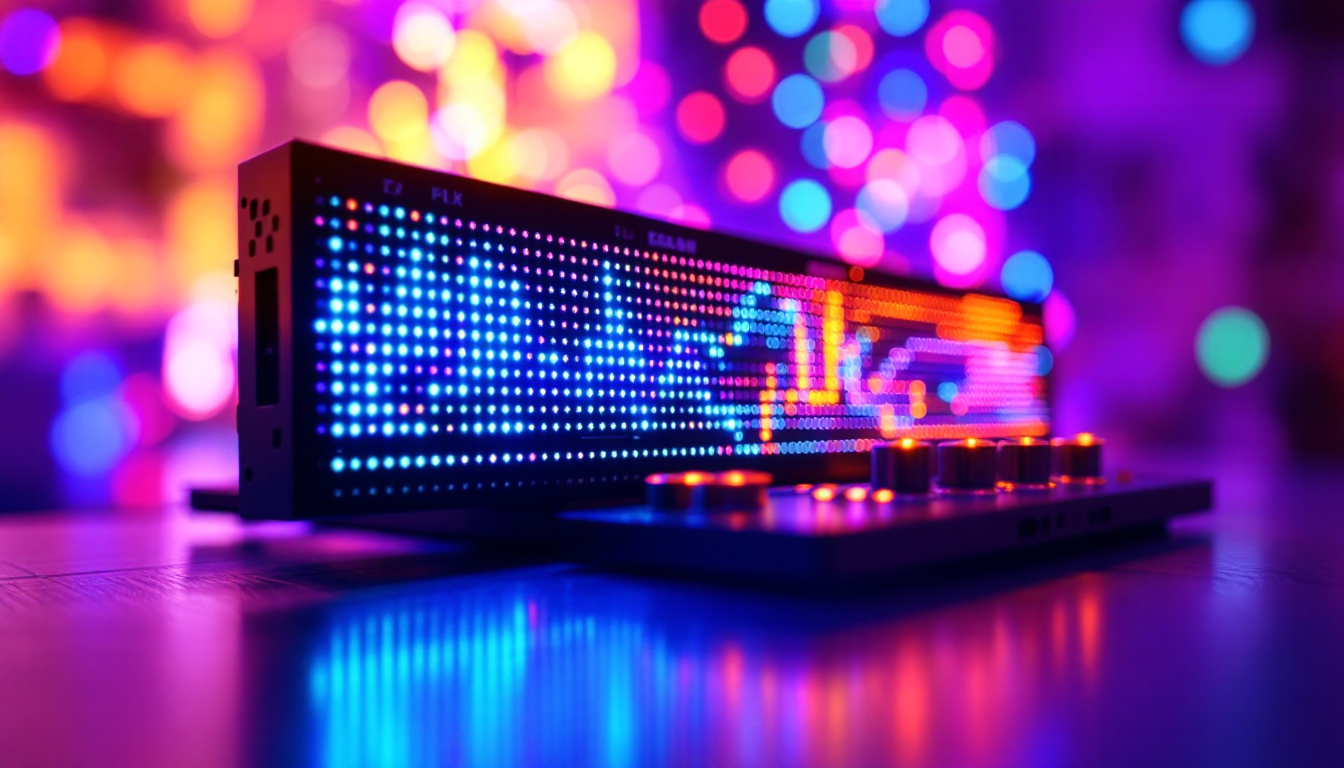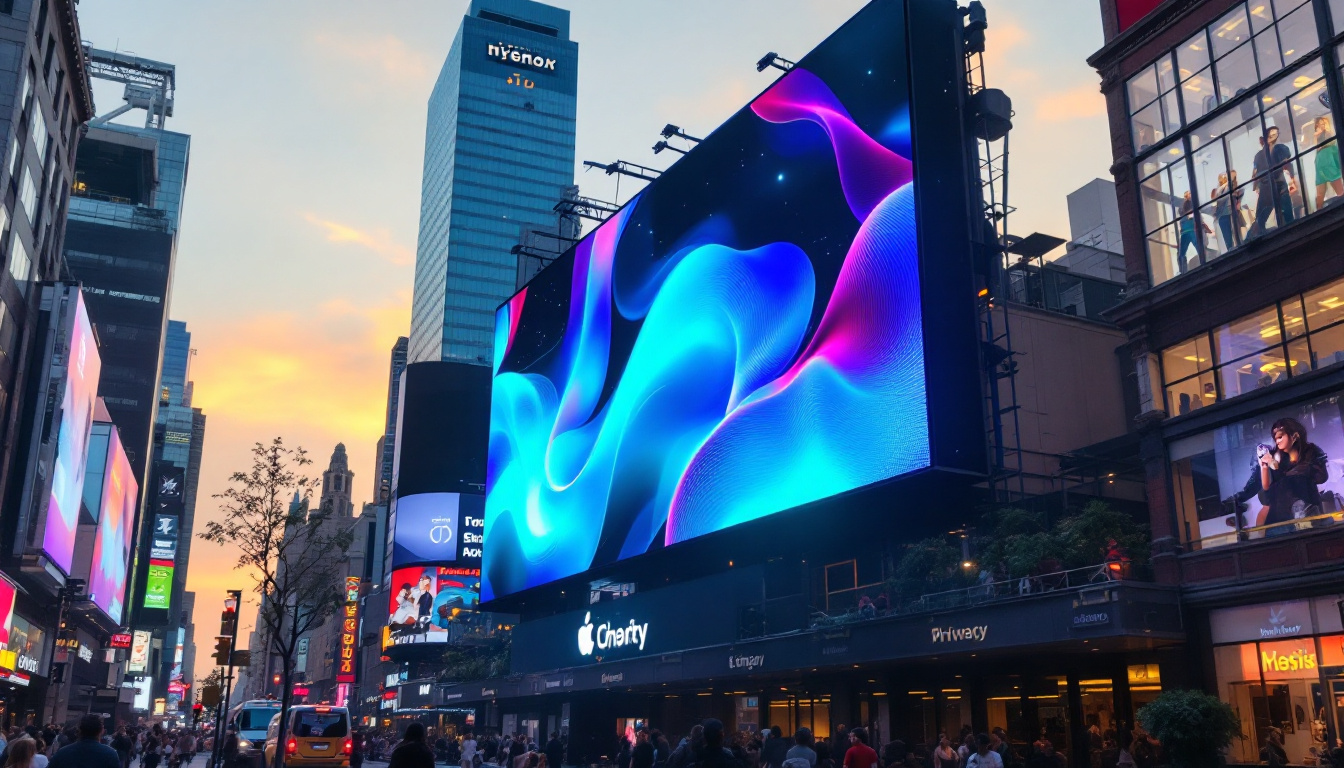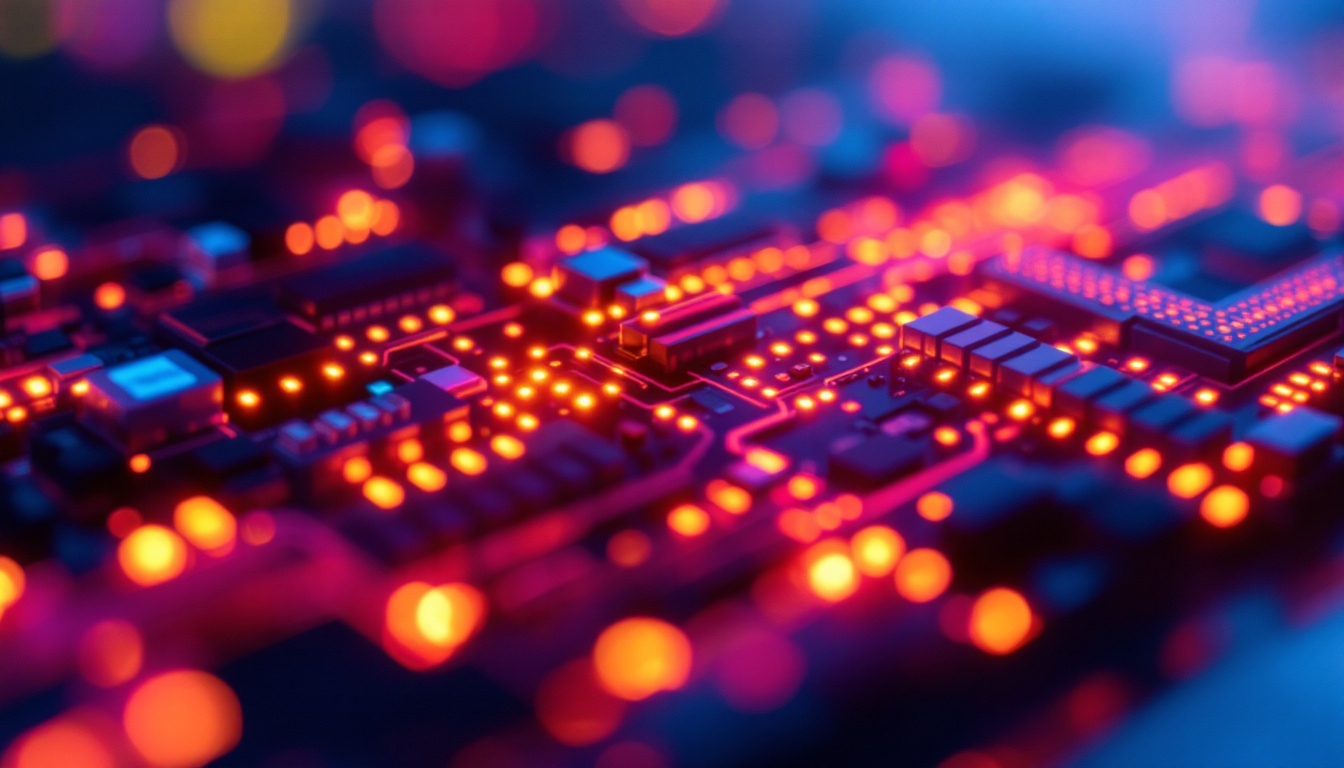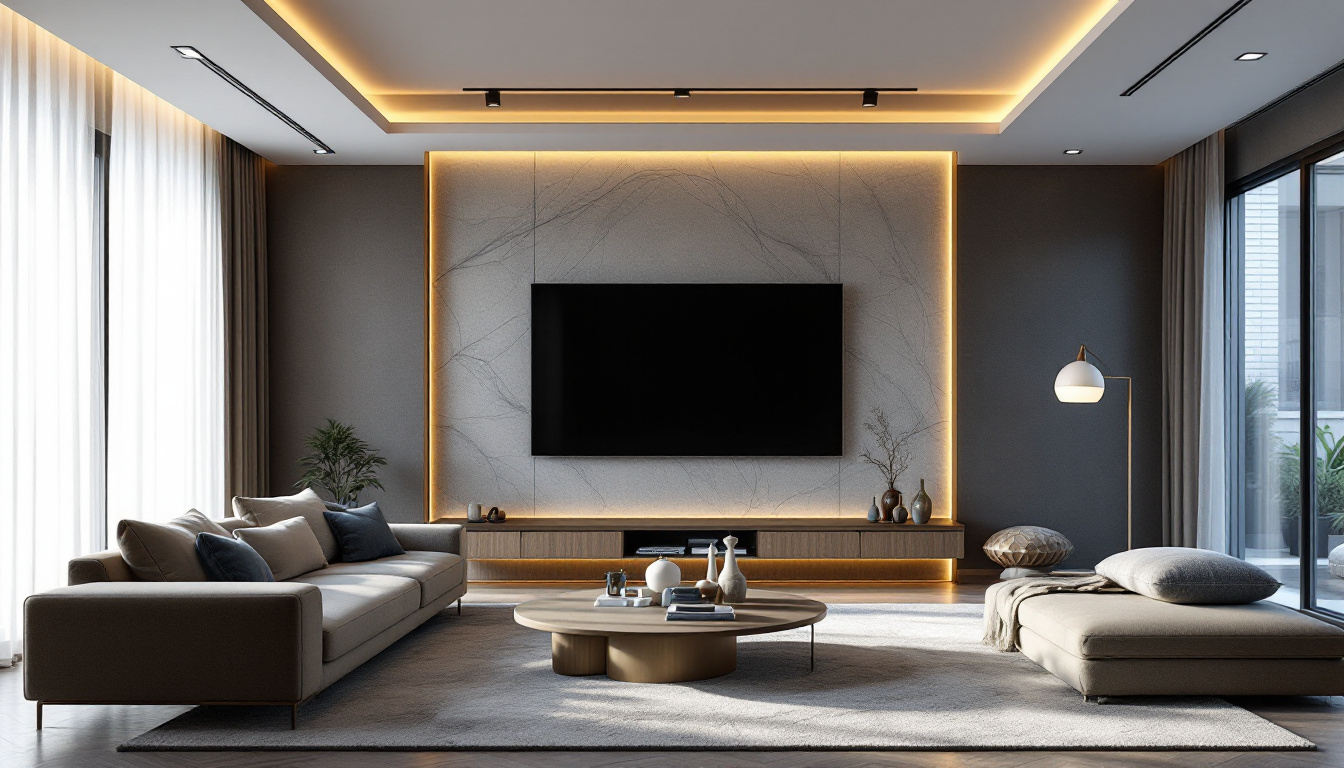In the ever-evolving landscape of medical technology, the role of display systems cannot be overstated. Among the various types of displays, LED (Light Emitting Diode) technology has emerged as a frontrunner, particularly in the medical field. This article delves into the intricacies of LED displays, focusing on their applications, advantages, and the specific benefits they bring to medical environments.
Understanding LED Technology
LED technology has revolutionized how visual information is presented across various industries, including healthcare. Unlike traditional display technologies, such as LCD (Liquid Crystal Display), LEDs utilize semiconductor materials to produce light, resulting in a more efficient and vibrant display.
The Basics of LED Operation
At its core, an LED display consists of numerous tiny LEDs that emit light when an electric current passes through them. These diodes are arranged in a grid format, allowing for the creation of images and text. The brightness and color of the display can be adjusted by varying the amount of current supplied to each LED, enabling a wide range of visual outputs.
This technology is particularly advantageous in medical settings where clarity and precision are paramount. The ability to produce bright, high-contrast images ensures that healthcare professionals can accurately interpret vital information, leading to better patient outcomes. Moreover, LED displays have a faster response time compared to traditional technologies, which is crucial in dynamic environments like operating rooms, where real-time data monitoring is essential. The durability of LED technology also means that these displays can withstand the rigors of daily use in hospitals and clinics, reducing the need for frequent replacements and maintenance.
Types of LED Displays
In the medical field, various types of LED displays are utilized, each serving specific purposes. Common types include:
- Monochrome Displays: Often used for simple data readouts, these displays present information in a single color, typically green or amber.
- Full-Color Displays: These are capable of displaying a wide range of colors, making them suitable for complex images such as X-rays or MRI scans.
- Flexible Displays: Emerging technology allows for flexible LED displays that can be integrated into various medical devices, enhancing usability.
Additionally, there are specialized LED displays designed for specific medical applications. For instance, surgical displays are engineered to provide exceptional clarity and color accuracy, ensuring that surgeons can make precise decisions during procedures. Another innovative type is the high-brightness LED display, which is particularly useful in brightly lit environments, such as emergency rooms or outpatient facilities, where visibility can be compromised. The versatility of LED technology continues to expand, with ongoing research and development aimed at improving resolution and energy efficiency, further solidifying its role in modern healthcare.
Applications of LED Displays in Medicine
LED displays are integral to numerous applications within the medical field. Their versatility makes them suitable for a variety of functions, from patient monitoring to surgical procedures.
Patient Monitoring Systems
In critical care environments, patient monitoring systems rely heavily on LED displays to provide real-time data. These displays present vital signs, such as heart rate, blood pressure, and oxygen saturation levels, in a clear and concise manner. The high brightness and contrast of LED technology ensure that this information is easily visible, even in brightly lit conditions.
Moreover, many modern monitoring systems feature customizable displays that allow healthcare providers to prioritize the information most relevant to their patients. This adaptability can lead to quicker decision-making and improved patient care.
Diagnostic Imaging
LED displays play a crucial role in diagnostic imaging, where clarity and detail are essential. Medical imaging modalities, such as ultrasound, CT scans, and MRIs, often utilize LED technology to present high-resolution images. The ability to display images with enhanced color accuracy and contrast allows radiologists and other specialists to make more informed diagnoses.
Furthermore, advancements in LED technology have led to the development of displays with higher pixel densities, enabling even finer details to be visualized. This capability is particularly beneficial in detecting subtle abnormalities that may be missed on lower-quality displays.
Surgical Displays
During surgical procedures, LED displays are utilized to provide surgeons with critical information. Whether displaying real-time imaging from endoscopic cameras or vital signs from monitoring equipment, these displays ensure that medical professionals have access to the necessary data at a glance.
Additionally, the durability and reliability of LED technology make it well-suited for the demanding environment of an operating room. With minimal risk of failure and a long lifespan, LED displays can withstand the rigors of surgical procedures, providing consistent performance when it matters most.
Advantages of LED Displays in Healthcare
The advantages of LED displays extend beyond their applications in medical settings. Their unique characteristics contribute to improved functionality and efficiency in healthcare environments.
Energy Efficiency
One of the most significant benefits of LED technology is its energy efficiency. LED displays consume considerably less power compared to traditional display technologies. This reduction in energy usage not only lowers operational costs but also contributes to a more sustainable healthcare system.
In a time when healthcare facilities are increasingly focused on reducing their carbon footprint, the adoption of energy-efficient technologies like LED displays is a step in the right direction. By decreasing energy consumption, hospitals can allocate resources more effectively, ultimately benefiting patient care.
Longevity and Reliability
LED displays are known for their long lifespan, often exceeding 50,000 hours of use. This durability translates to fewer replacements and lower maintenance costs for healthcare facilities. In environments where equipment reliability is critical, the longevity of LED displays is a significant advantage.
Moreover, the robust nature of LED technology means that these displays are less susceptible to damage from impacts or environmental factors, ensuring consistent performance in various medical settings.
Enhanced Image Quality
The image quality produced by LED displays is often superior to that of traditional displays. With higher brightness levels, better contrast ratios, and wider color gamuts, LED technology allows for more accurate and vivid representations of medical images.
This enhanced image quality is particularly important in fields such as radiology, where precise interpretation of images can significantly impact patient outcomes. The ability to discern fine details can lead to earlier detection of conditions, ultimately improving the effectiveness of treatment plans.
Challenges and Considerations
While LED displays offer numerous benefits, there are challenges and considerations that healthcare providers must keep in mind when integrating this technology into their facilities.
Initial Costs
The initial investment for LED display technology can be higher than that of traditional display systems. However, it is essential to consider the long-term savings associated with energy efficiency and reduced maintenance costs. Many healthcare facilities find that the upfront costs are offset by the benefits realized over time.
Budget constraints can pose a challenge, particularly for smaller practices or facilities in underserved areas. However, as LED technology continues to advance and become more widespread, prices are expected to decrease, making it more accessible for a broader range of healthcare providers.
Training and Adaptation
Transitioning to LED displays may require training for healthcare staff to ensure they can effectively utilize the new technology. Familiarization with the features and functionalities of LED systems is crucial for maximizing their potential in patient care.
Healthcare organizations must invest in training programs to facilitate this transition. Ensuring that staff are comfortable with the technology will lead to more efficient use and ultimately enhance patient outcomes.
The Future of LED Displays in Healthcare
The future of LED displays in healthcare looks promising, with ongoing advancements in technology paving the way for even more innovative applications. As the demand for high-quality imaging and efficient data presentation continues to grow, LED technology is likely to evolve to meet these needs.
Integration with Other Technologies
One of the most exciting prospects for LED displays is their potential integration with other emerging technologies, such as artificial intelligence (AI) and augmented reality (AR). These integrations could enhance the capabilities of LED displays, allowing for more interactive and informative visualizations.
For instance, AI algorithms could analyze medical images in real-time, providing instant feedback and assisting healthcare professionals in making decisions. Similarly, AR could overlay critical information onto surgical displays, providing surgeons with enhanced context during procedures.
Customization and Personalization
As healthcare becomes increasingly patient-centered, the demand for customizable and personalized displays is expected to rise. LED technology offers the flexibility to create tailored displays that meet the specific needs of individual patients or medical specialties.
Customizable displays could include features such as adjustable brightness levels, color schemes, and layouts, allowing healthcare providers to optimize the presentation of information based on the context and patient requirements.
Conclusion
LED displays have undoubtedly transformed the landscape of medical technology, offering numerous advantages that enhance patient care and operational efficiency. From their energy efficiency and longevity to their superior image quality, the benefits of LED displays are clear.
As healthcare continues to evolve, the integration of LED technology will play a crucial role in advancing the capabilities of medical devices and systems. By embracing this innovative technology, healthcare providers can improve patient outcomes, streamline operations, and ultimately contribute to a more effective healthcare system.
In summary, the future of LED displays in healthcare is bright, and as advancements continue, the potential for even greater applications and benefits will unfold. The journey towards a more efficient and patient-centered healthcare system is well underway, with LED displays leading the charge.
Discover LumenMatrix’s Advanced LED Display Solutions
As the healthcare industry continues to embrace the transformative power of LED displays, LumenMatrix stands at the forefront of this technological revolution. With a commitment to innovation and quality, LumenMatrix offers a comprehensive range of LED display modules designed to meet the diverse needs of medical professionals. Whether you’re looking for Indoor LED Walls for patient information, Outdoor LED Walls for hospital wayfinding, or specialized displays for medical imaging and diagnostics, LumenMatrix has the solution to enhance your facility’s operations and patient care. Experience the future of medical display technology and check out LumenMatrix LED Display Solutions today.

